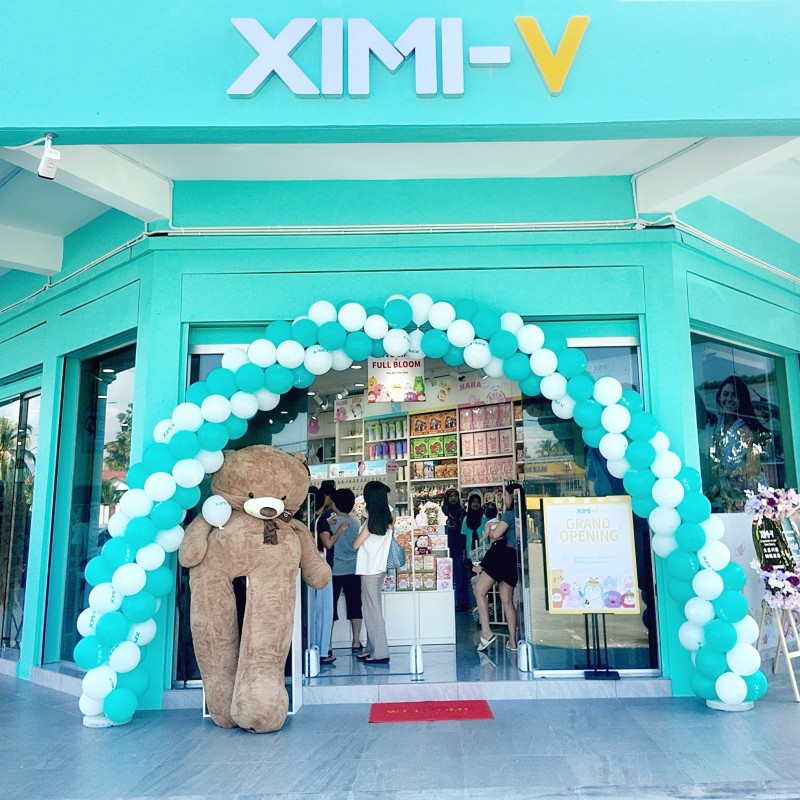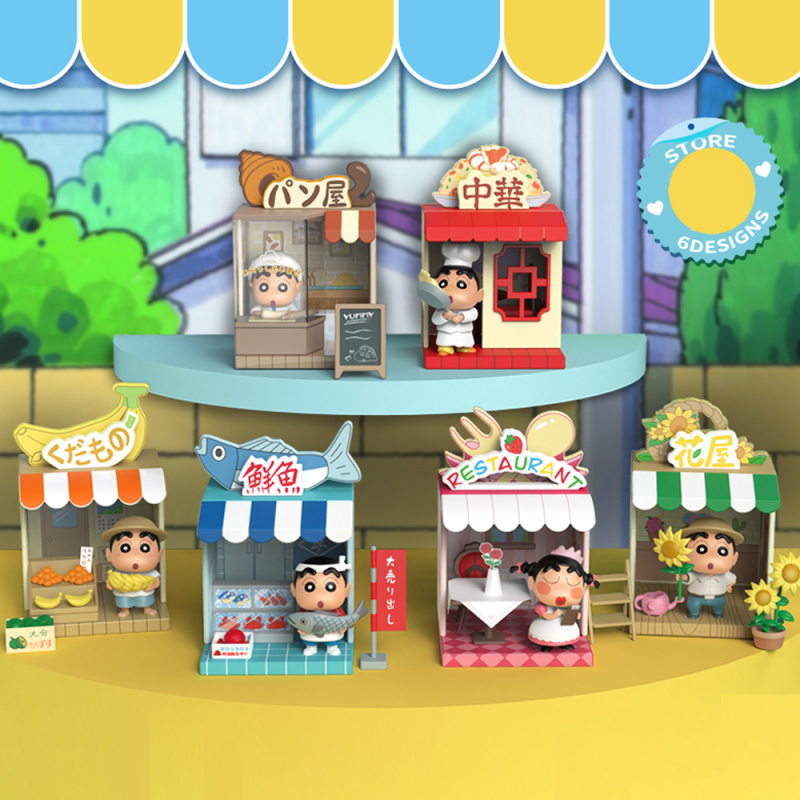XIMIVOGUE Insights on Exploring the Rise of Kidult Culture
Author: Celia| Keywords chosen by Celia
Toys are no longer exclusively for kids. The market is now being driven by teens and adults, often called "kidults".
An increasing number of brands are targeting adult consumers by connecting their products with playful themes and childhood nostalgia, which is proving to be a powerful way to boost sales.
Next, XIMI-V will explore what a "kidult" is, the factors fueling this trend, and the business opportunities it presents for brands.

What does kidult mean in English?
The term "kidult" is a combination of "kid" and "adult," used to describe adults who enjoy interests, products, or activities traditionally associated with childhood.
The definition is now broadening beyond just collectors and fans. It also includes grown-ups who are seeking to relax, connect with others in person, or revisit cherished brands from their youth through play.
What's driving the kidult Trend?
1. Nostalgia
For many millennials and Gen Zs, icons like Pokémon, Disney, and Sanrio were staples of their childhood.
This desire to reconnect with the past is a major factor fueling the demand for retro and nostalgic products in the market today.

2. Escapism
"Kidult" culture offers a welcome escape from the stresses of adult life, allowing people to reconnect with a simpler, more carefree time.
As adults navigate the complexities of modern life, these toys serve as a portal, transporting them back to a more innocent era.
3. Social connection
Toys, especially those tied to shared cultural touchstones, can help adults bond with others who have similar experiences and memories.
This desire for connection is clear in online forums where kidults frequently gather to meet like-minded people, share photos of their collections, and discuss their favorite franchises and toys.

4. Collectability
Many kidults are avid collectors, always on the lookout for limited editions, rare items, or exclusive releases.
This collector's mindset fuels sales of special edition toys, action figures, and games, creating a profitable niche market within the broader toys and games industry.
Opportunities in the Kidult Market
1. Tailor products for kidults
Many global and local brands are adapting their product lines to attract kidult consumers.
To make items more appealing, brands should consider designing limited-edition collectibles, nostalgic-themed apparel, and interactive experiences specifically for adult audiences.

2. Effective marketing strategies
Successful campaigns should focus on powerful storytelling, nostalgia marketing, and collaborations with influencers to effectively engage the kidult consumers.
To encourage involvement and user-generated content, consider holding competitions, offering challenges, and creating interactive experiences.
3. Fostering brand loyalty
Kidults who are passionate about specific toy or game brands tend to be exceptionally loyal customers.
Their enthusiasm often leads to word-of-mouth recommendations, social media sharing, and brand advocacy, which helps build a strong community around the product.

4. Cross-industry collaborations
Kidults' interests frequently go beyond traditional toys to include things like gaming, entertainment, and technology.
This opens the door for brands to team up with well-known entertainment companies, amusement parks, and cultural icons to create limited-edition collectibles and co-branded products.

 Stay Warm in Style with These Essential Cold Day Accessories
Stay Warm in Style with These Essential Cold Day Accessories
 9 Scented Plushies That Make Every Hug Smell Like Magic
9 Scented Plushies That Make Every Hug Smell Like Magic
 XIMIVOGUE Minimalism Series Jewelry Pieces Redefined for Modern Lifestyles
XIMIVOGUE Minimalism Series Jewelry Pieces Redefined for Modern Lifestyles
 XIMIVOGUE New Store in Malaysia
XIMIVOGUE New Store in Malaysia
 Relive Your Childhood with XIMIVOGUE Crayon Shin Chan Collection
Relive Your Childhood with XIMIVOGUE Crayon Shin Chan Collection




